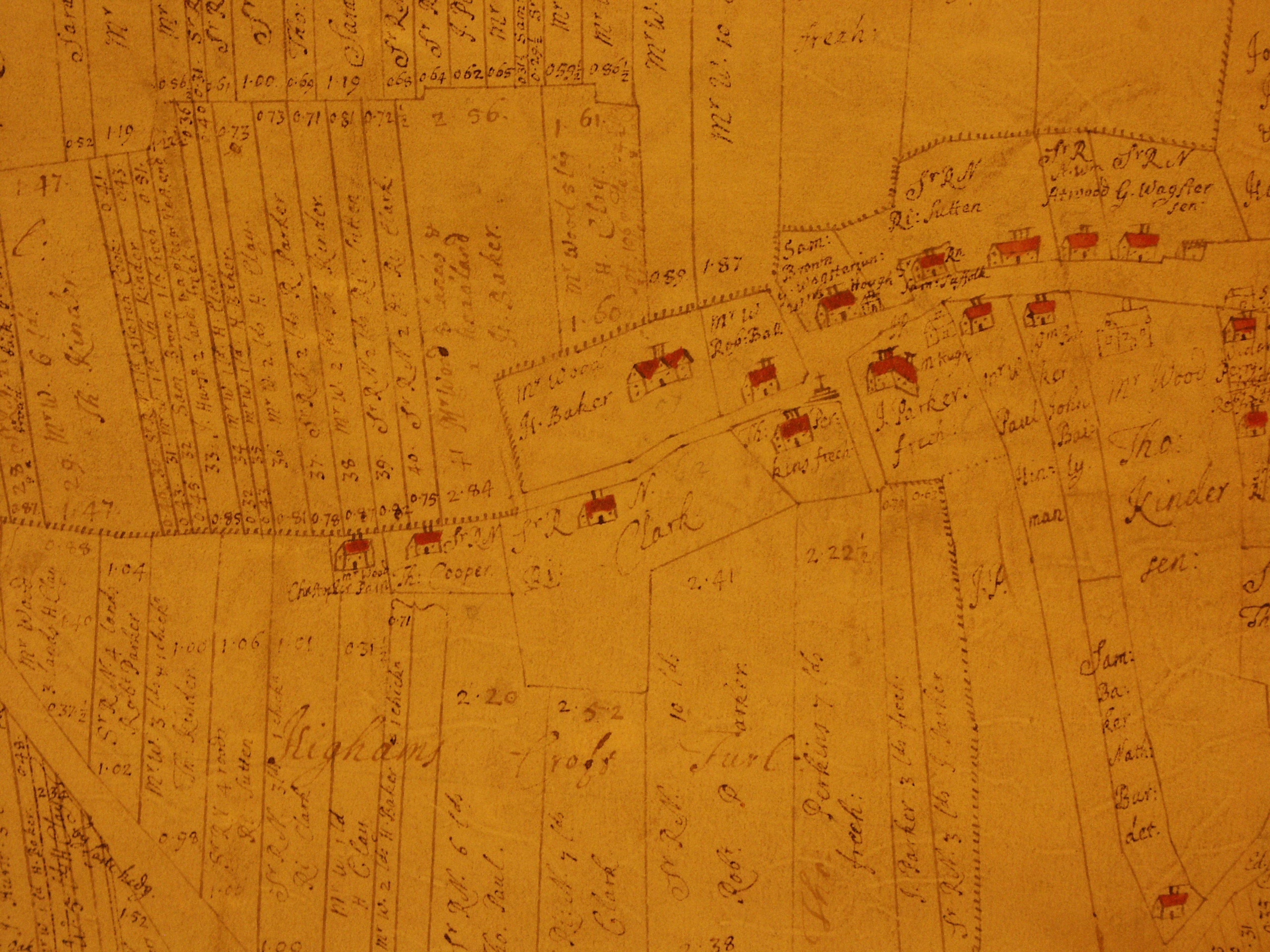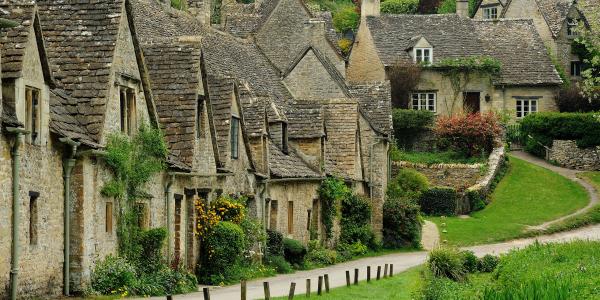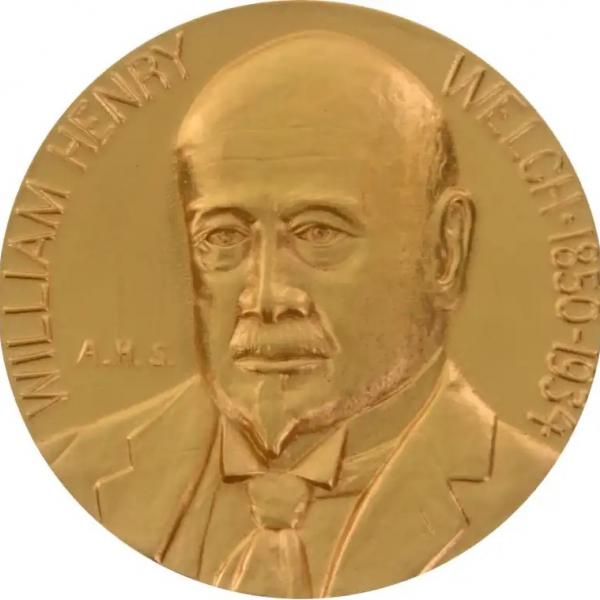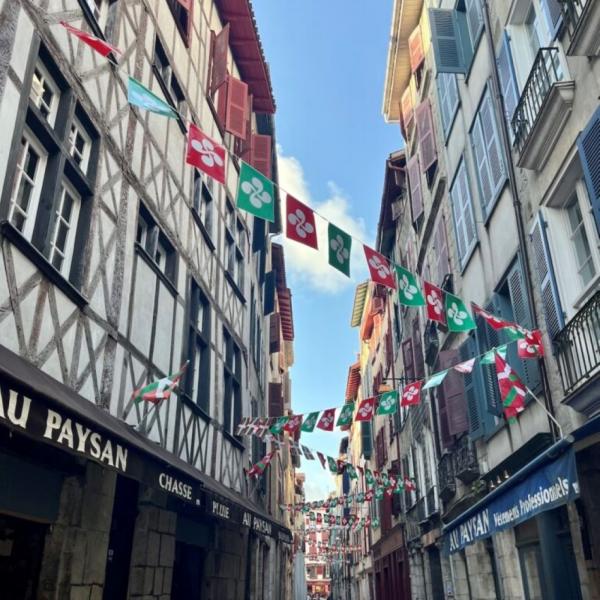Historian Steve Hindle uses a wealth of available records to closely examine life in a 17th-century English village during a period of major cultural and economic change.

In the 1680s, widow Frances Rason ran a busy ale house located at the main crossroads in the English village of Chilvers Coton. Rason’s business served metal workers who lived in houses nearby and harvest workers who worked on the neighboring agricultural estate. Her granddaughter helped run the ale house as she aged.
In her will, Rason left her bible as a gift for her granddaughter, but the bible was not listed in an inventory of Rason’s goods prepared ahead of the execution of her will. Was it passed physically from grandmother to granddaughter on her deathbed? Was it lost?
These kinds of textural details fascinate Steve Hindle, the Derek Hirst Endowed Professor of Early Modern British History. Hindle’s book-in-progress examines Chilvers Coton, a Warwickshire village that was unusually well-documented during a period when England experienced major cultural and economic change.
Hindle describes microhistory as a marriage of detective work and anthropology. Microhistories read like detective novels. As in fictional investigations, many clues lead to dead ends. Historians make these red herrings part of the narrative technique of the histories they write, readily sharing with readers their own anxieties about whether they are interpreting the evidence correctly.

Much like an anthropologist interviews subjects, Hindle follows the people of Chilvers Coton as they weave in and out of archival records. The parish register recorded baptisms, marriages, and burials. Individuals gave court testimonies. Upon death, people left behind wills and probate inventories that provide details about their possessions. Chilvers Coton was also exceptionally well-mapped. By tapping into this trove of records, Hindle’s knowledge of Chilvers Coton goes beyond the births and deaths of residents; he knows what they did for a living and who lived next door to whom.
“It's often said that social historians like me begin with a desire to speak with the dead,” Hindle said. “I almost feel that I'm in conversation with these people because I know so much about their daily experience, their material world, and their spatial horizons.”
Within this context, Frances Rason’s ale house becomes a wealth of potential clues for the historical sleuth. Thanks to that probate inventory, Hindle knows the disposition of rooms and furniture within the alehouse itself. He can even say with certainty what utensils, flagons, and plates Rason’s customers used. Since ale houses were typically male-dominated spaces, it is noteworthy that Rason and her granddaughter ran the tavern by themselves.
“I’m looking for the anomalies in the record,” Hindle explained. “I’m fascinated by the bits where there's slippage from what you might expect.”
“I’m studying a specific time in a particular place and a particular place at a specific time.”
Hindle describes microhistory as seeing the world in a grain of sand. In the 1680s, for the first time in England’s history, more people worked in industry than in agriculture, and more people lived in small towns and cities than in rural communities. Because of the unusual level of detail in archival material related to Chilvers Coton, Hindle is able to capture the village at a decisive inflection point in the larger history of English society and its economy.
“I’m studying a specific time in a particular place and a particular place at a specific time,” Hindle said. “By reconstructing the lived experiences of the people who lived in Chilvers Coton in the 1680s, I can explore larger questions about industrialization, urbanization, and the way that the experiences of a generation of people come across in the historical record.”
Hindle, who joined the Washington University faculty this fall after most recently serving as the director of research at the Huntington Library, will teach a class about doing microhistory for the first time this spring. He will ask students to attempt a microhistory themselves, using either a family experience or a particular historical source that they can explore in microscopic detail. He hopes that the course will provide students with an introduction to an unorthodox method of exploring history.
The Social Topography of a Rural Community: Scenes of Labouring Life in Seventeenth-Century England will be published by Oxford University Press in 2023.





